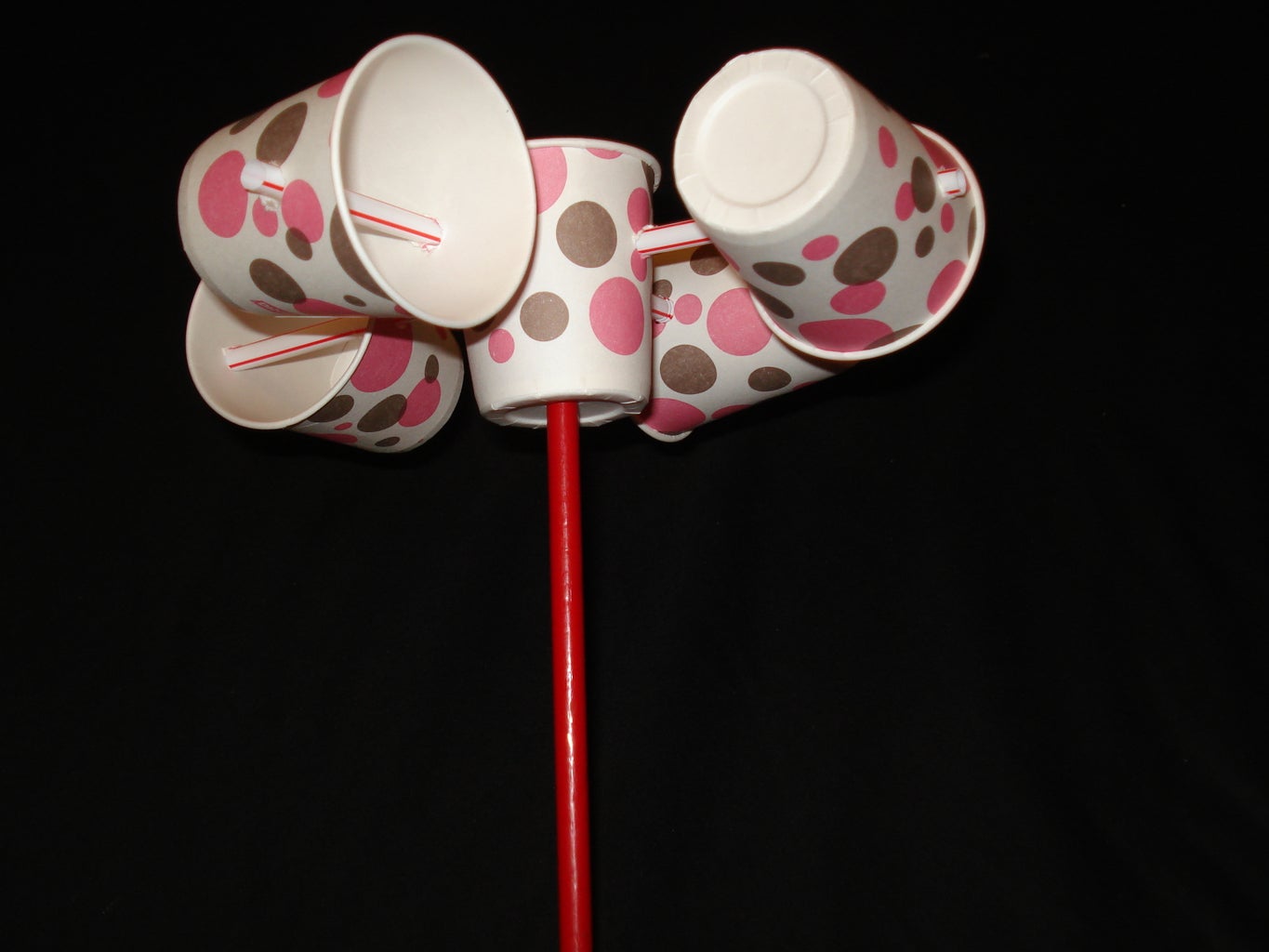How to Keep and Take Care Of Your Anemometer to Ensure Long Life
How to Keep and Take Care Of Your Anemometer to Ensure Long Life
Blog Article
All You Need to Understand About Anemometers: How They Function, Why They Issue, and Where to Make use of Them
Anemometers, though usually forgotten in the world of scientific tools, play an essential role in numerous fields, providing beneficial understandings into wind speed and air movement patterns. Understanding the technicians behind these devices is essential for any individual seeking to harness the power of this information. From meteorologists tracking weather patterns to engineers making structures with wind lots in mind, the applications of anemometers are diverse and significant. As we explore the ins and outs of anemometer technology, we will uncover the internal operations of these tools, their significance, and the vital considerations when choosing the right anemometer for certain applications.

Anemometer Basics
A necessary instrument utilized to measure wind speed and direction, the anemometer plays an important function in meteorology and numerous sectors. An anemometer usually contains three or four mugs that turn in the wind, a vane that points into the wind, and sensing units to track the turnings or activities. By determining the rotations or motions over a certain period, the anemometer can establish wind rate. The vane assists figure out wind direction by directing right into the wind, offering valuable information for climate projecting, air travel, maritime operations, ecological tracking, and wind energy applications.
There are various kinds of anemometers available, consisting of cup anemometers, vane anemometers, hot-wire anemometers, and sonic anemometers, each with its one-of-a-kind functions and applications. Cup anemometers are frequently used for standard wind speed measurements, while vane anemometers are preferred for directional dimensions. Hot-wire anemometers are appropriate for reduced airspeeds, and sonic anemometers are perfect for high-precision dimensions in study and commercial settings. Recognizing the basics of anemometers is necessary for exact wind information collection and evaluation throughout various sectors.
Principles of Anemometer Operation
Structure on the fundamental understanding of anemometer essentials, the concepts of anemometer procedure elucidate the auto mechanics behind wind speed and instructions dimensions. Anemometers operate the concept of airflow impacting a sensor, triggering it to turn. Mug anemometers, for circumstances, have 3 or even more mugs that record the wind, causing them to spin much faster as the wind rate increases. The rotation speed is then transformed right into a wind rate dimension. Vane anemometers, on the various other hand, utilize a tail or a probe that straightens itself with the wind direction, supplying a measurement of wind instructions based on the positioning of the sensing unit. Hot-wire anemometers rely upon a heated cord that cools down as wind passes over it, with the rate of cooling down identifying the wind speed. Ultrasonic anemometers procedure wind rate and direction by examining the moment it takes for ultrasonic signals to travel in between transducers. Recognizing these concepts is crucial for accurate and trusted wind measurements in different applications.
Significance of Anemometers
The relevance of anemometers in weather forecasting and different Get More Information industries can not be overemphasized. Anemometers play a crucial duty in determining wind rate and direction, giving necessary information for weather projecting, climate researches, ecological monitoring, and aviation procedures. Meteorologists rely upon anemometers to collect accurate wind information, aiding them recognize weather condition patterns, forecast storms, and concern timely cautions to the general public. In industries such as building and construction, agriculture, renewable power, and maritime operations, anemometers are utilized to maximize processes, make sure safety, and boost performance. Wind farm drivers make use of anemometers to assess wind conditions and make best use of electrical power production from wind generators. In the maritime field, anemometers aid ship navigating by providing real-time wind information to captains, aiding them make informed decisions to make sure secure trips. Overall, anemometers are crucial tools that contribute substantially to safety, performance, and notified decision-making in meteorology and a wide variety of markets.
Applications Throughout Various Industries
In the sustainable energy industry, anemometers play an important role in evaluating wind problems for wind ranch placements, ensuring optimum power production. Industries like building and mining make use of anemometers to check wind rates, important for safety protocols, especially when functioning at heights or in open-pit mines where solid winds can position hazards. In agriculture, anemometers assist farmers in handling crop splashing by offering real-time data on wind rate to avoid drift.

Picking the Right Anemometer for Your Requirements
For general functions, a cup anemometer is suitable for measuring wind rate, while a vane anemometer provides wind instructions information. Hot-wire anemometers are suitable for reduced airspeed measurements, and ultrasonic anemometers supply high precision and durability.

Verdict
To conclude, anemometers play an important duty in gauging wind rate and my review here direction across different sectors. Comprehending the concepts of anemometer procedure is vital for selecting the appropriate tool for particular requirements. From meteorology to air travel, anemometers are important devices for collecting exact data and guaranteeing security in different applications. When selecting the most ideal tool for measuring wind conditions., it is vital to take into consideration the significance of anemometers in order to make enlightened decisions.
There are various kinds of anemometers available, consisting of cup anemometers, vane anemometers, hot-wire anemometers, and sonic anemometers, each with its unique attributes and applications. Mug anemometers are frequently utilized for basic wind rate dimensions, while vane anemometers are chosen for directional dimensions. Hot-wire anemometers are suitable for low airspeeds, and sonic anemometers are excellent for high-precision dimensions in research study and commercial settings.Building on the foundational understanding of anemometer basics, the concepts of anemometer procedure illuminate the technicians behind wind speed and direction dimensions. For general objectives, a mug anemometer is appropriate for gauging wind speed, while a vane anemometer offers wind instructions data.
Report this page